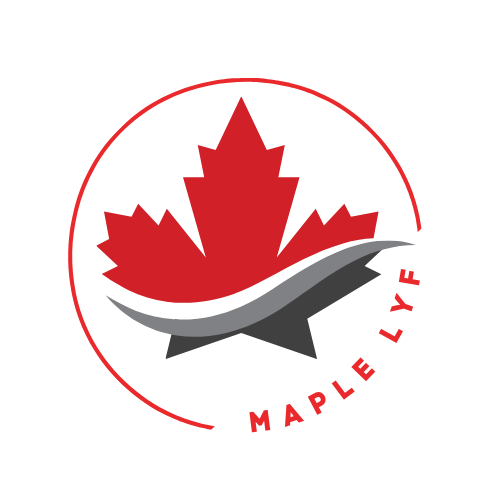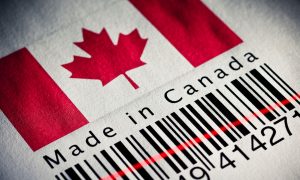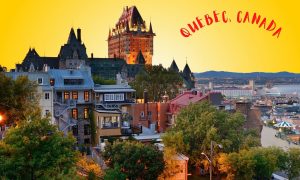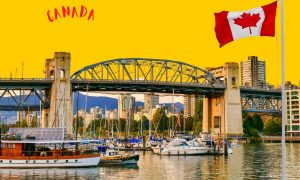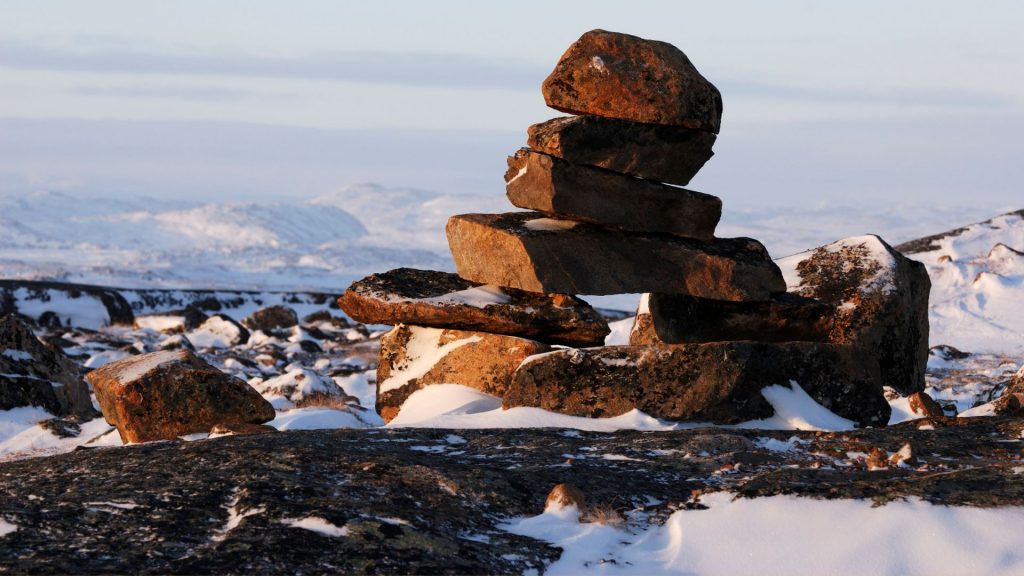
According to the 2016 census, Nunavut, which means “Our Land” in Inuktitut, has a total area of about 2 million km2 and a population of 35,944 people, with around 85% of them being Inuit. The biggest and northernmost territory in Canada and the fifth largest administrative region in the world, Nunavut generally corresponds to the area of the Canadian mainland and Arctic Archipelago that is to the north and northeast of the treeline. In this wide region, there are 25 settlements home to Nunavummiut, with the highest population, 7,740 (as of the 2016 census), located in Iqaluit, the capital. The territory had previously been a part of the Northwest Territories, and the establishment of Nunavut in 1999 was the country’s first significant political map shift since Newfoundland was admitted to Confederation in 1949.
Through political activism and protracted negotiations, a small, marginalized Indigenous group overcame many challenges to peacefully establish a government that they controlled within the Canadian state, thereby gaining control of their land, their resources, and their future. The formation of Nunavut was a moment of great political significance that went beyond altering the internal political boundaries of Canada. As a result, the establishment of Nunavut marks a turning point in Canada’s history as well as an important turning point in the history of Indigenous peoples worldwide.
Here are the Top 10 Facts about Nunavut:
- With a total size of 2,093,190 sq. km, Nunavut is the biggest province or territory in Canada (almost 1 million square miles) That’s a lot!
- One-fifth of Canada’s total land area is covered by Nunavut. Keep in mind that it covers all of the Arctic islands, such as Ellesmere Island and Baffin Island.
- The northernmost Tim Horton’s restaurant is in Nunavut. It was the final province or territory to obtain a Tim’s since it was the most recent.
- Narwhals from all over the world travel to the island estuaries and shallow bays of Nunavut, particularly those around Pond Inlet and Arctic Bay.
- The sole settlement in Nunavut that is big enough to be called a “city” has the most people, and that is Iqaluit.
- Barbeau Peak on Ellesmere Island, which rises 2,616 meters (8,583 feet) above sea level, is the highest point in Nunavut. Along the Arctic Cordillera mountain range, it is the highest summit.
- The world’s most northerly permanently inhabited location is found in Nunavut.
- The second-most northerly park on Earth is Quttinirpaaq National Park. Quttinirpaaq means “peak of the globe” in Inuktitut. That makes perfect sense!
- Just about 32 kilometres of paved roads span the entirety of Nunavut. People utilize snowmobiles, boats, and aircraft to go to settlements. Much more entertaining than driving a vehicle!
- The first music label in Nunavut is called Aakuluk Music. The Jerry Cans, a fantastic band from Iqaluit, founded it with the intention of promoting Inuit and Indigenous performers.
